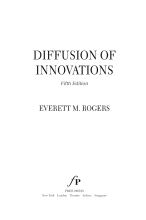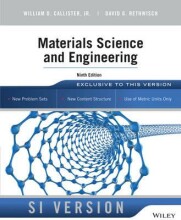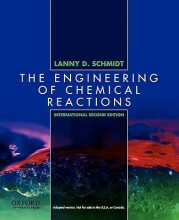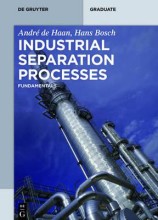Alcohols, Ethers, and Thiols - What Are Epoxides?
6 important questions on Alcohols, Ethers, and Thiols - What Are Epoxides?
How are epoxides synthesized?
On an industrial scale ethylene and oxygen are passed over a silver catalyst.
On lab scale most commonly used is peroxyacetic acid.
On lab scale most commonly used is peroxyacetic acid.
What stereoisomers are formed in epoxidation reactions?
The epoxidation reaction is stereoselective. Groups that are cis in the alkene will be cis in the epoxide.
Ethers normally don't react in the presence of an acid-catalyst, why do epoxides do?
The normal bond angle of a sp3 hybridized atom is 109.5o in epoxides the bond angle of the three-membered ring is 60o. Therefor epoxides undergo ring opening reactions with a variety of nucleophiles.
- Higher grades + faster learning
- Never study anything twice
- 100% sure, 100% understanding
What product does the acid-catalyzed hydrolysis of epoxycycloalkane yield?
A trans-1,2-cycloalkanediol.
What are the steps in the SN2 mechanism of acid-catalyzed epoxide ring opening reactions?
1. addition of a proton to the oxygen
2. Reaction on an electrophile and a nucleophile (water) and the breaking of one of the C-O bonds.
3. Removal of a proton.
2. Reaction on an electrophile and a nucleophile (water) and the breaking of one of the C-O bonds.
3. Removal of a proton.
What are the three most important nucleophilic ring-opening reactions?
1. The addition of ammonia
2. The acid-catalyzed hydration
3. The reaction with a thiol salt.
2. The acid-catalyzed hydration
3. The reaction with a thiol salt.
Try our study magic for free
a PDF, study it super fast
- No sign up, email or credit card needed!
- AI makes unlimited flashcards
- Get unlimited quizzes and tests
- Ask AI anything
Create a notebook
- No sign up, email or credit card needed!
- Have and keep perfect overview
- Make flashcards, notes and mind maps
- Review, test and score!
The question on the page originate from the summary of the following study material:
- A unique study and practice tool
- Never study anything twice again
- Get the grades you hope for
- 100% sure, 100% understanding
Remember faster, study better. Scientifically proven.
































